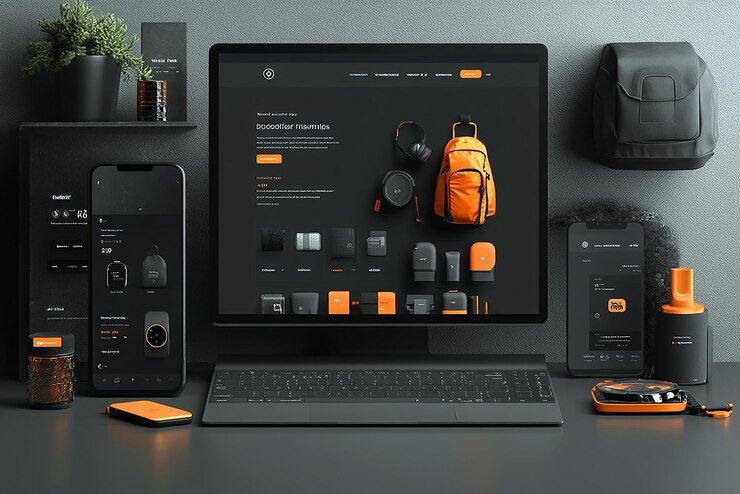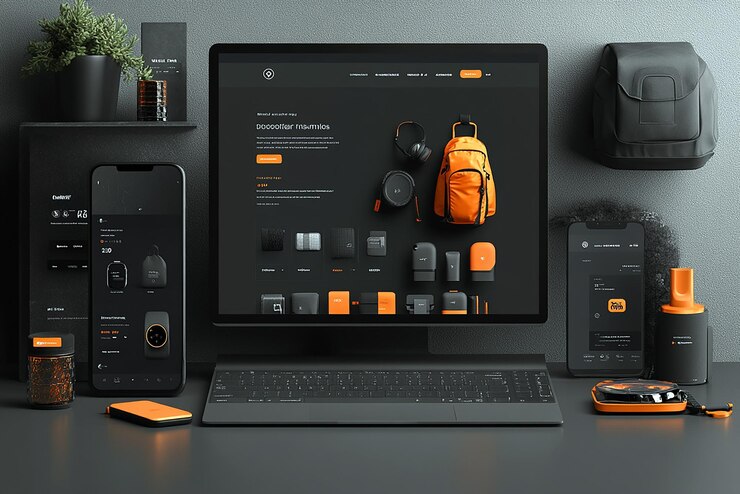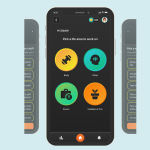
Freelancing has seen a meteoric rise, with many professionals opting for the freedom it offers. As a freelance website designer, I’ve witnessed firsthand how the industry evolves and what clients are looking for in 2024. If you’re planning to embark on this journey or already in it, this post will help guide you through the essentials of succeeding as a freelance web designer today.
1. Mastering the Latest Design Trends
In the dynamic world of web design, staying ahead of trends is vital. Here are a few design trends dominating in 2024:
Interactive and 3D Elements: Adding 3D visuals and micro-interactions enhances user engagement. These give websites a modern touch that elevates the brand’s personality.
Minimalist, User-Focused Designs: Clean, easy-to-navigate designs, which prioritize user experience (UX), are more crucial than ever. Users want simplicity and speed.
Dark Mode: Many clients are asking for dark mode variations of their websites to cater to modern users who prefer it for aesthetic and ergonomic reasons.
2. Building a Strong Portfolio
Clients want to see your past work. Make sure your portfolio reflects your best projects, focusing on versatility, creativity, and usability. Highlight case studies showcasing:
- The challenges faced in each project.
- Your approach to solving problems.
- The outcomes achieved, especially any measurable improvements (e.g., increased user engagement, faster site load times, etc.).
3. Client Communication is Key
As a freelance designer, one of the most critical aspects is communication. To ensure a successful project, always:
- Understand the client’s vision before jumping into design. Ask the right questions and listen carefully to their needs.
- Keep the client updated during each phase of the project, using design collaboration tools like Figma, Adobe XD, or Sketch.
- Be transparent about deadlines, project scope, and any potential roadblocks.
4. Pricing and Negotiation Strategies
Pricing your work as a freelance web designer can be tricky. Some tips:
- Understand the Project Scope: Before quoting, thoroughly understand what the client wants, including revisions and additional features like SEO optimization or mobile responsiveness.
- Be Transparent: Present your pricing breakdown, explaining your hourly or project-based rates. Clients appreciate transparency and professionalism.
- Value Your Expertise: Remember, you’re not just selling a design. You’re selling your expertise, years of experience, and creative problem-solving skills. Don’t undersell yourself!
5. Tools of the Trade
The right tools can make or break your freelance business. These are my go-to tools for web design projects:
- Figma/Adobe XD/Sketch for wireframes and UI design.
- WordPress/Webflow for no-code website building.
- Trello/Asana for managing project workflows.
- InVision/Zeplin for design handoff and feedback collection.
6. Growing and Maintaining a Client Base
Client retention is as crucial as acquiring new clients. A few strategies that have worked for me:
- Deliver Beyond Expectations: Exceeding the client’s expectations with small touches can leave a lasting impression.
- Stay in Touch: After completing a project, follow up periodically to maintain the relationship. You never know when they’ll have new projects or refer you to others.
- Ask for Referrals: Happy clients will refer you to their network, but don’t hesitate to ask. A simple request can bring in more business.
Conclusion
Freelancing as a website designer is a rewarding career filled with creative opportunities. By keeping up with design trends, maintaining strong communication, pricing smartly, and utilizing the right tools, you can build a successful freelance business. For those starting or looking to grow, the key is consistency—keep learning, evolving, and delivering quality work.
If you’re looking to take your website design projects to the next level, feel free to connect with me at
Rajiv Kumar – 8447903836


